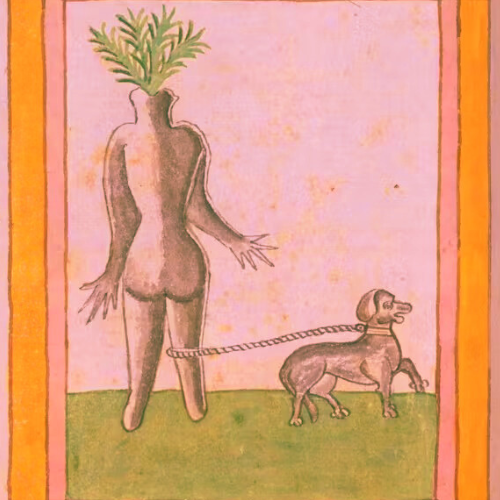June 17 // nothing but bent baguettes
The days are really starting to blur together, just dominated by fields of immature wheat interrupted by the occasional stone cross to mark the site of yet another fucking battle.
Once such place, the Butte de Warlencourt is but a bump on the horizon en route to Baupaume. Once an ancient burial ground, the Butte was the site of major bloodshed during the Battle of the Somme, claiming the lives of over 3,200 Scots and 1,000 Northumbrians amidst a battle that claimed a million lives overall. As Silaz Merzenich highlights in his poem, it is a site most worthy of contemplation:
Sad place
Thousands of people died back then
for the view
that is so beautiful todayThe ground is littered
with shrapnel balls
And shrapnelGoogle Maps, October 2024
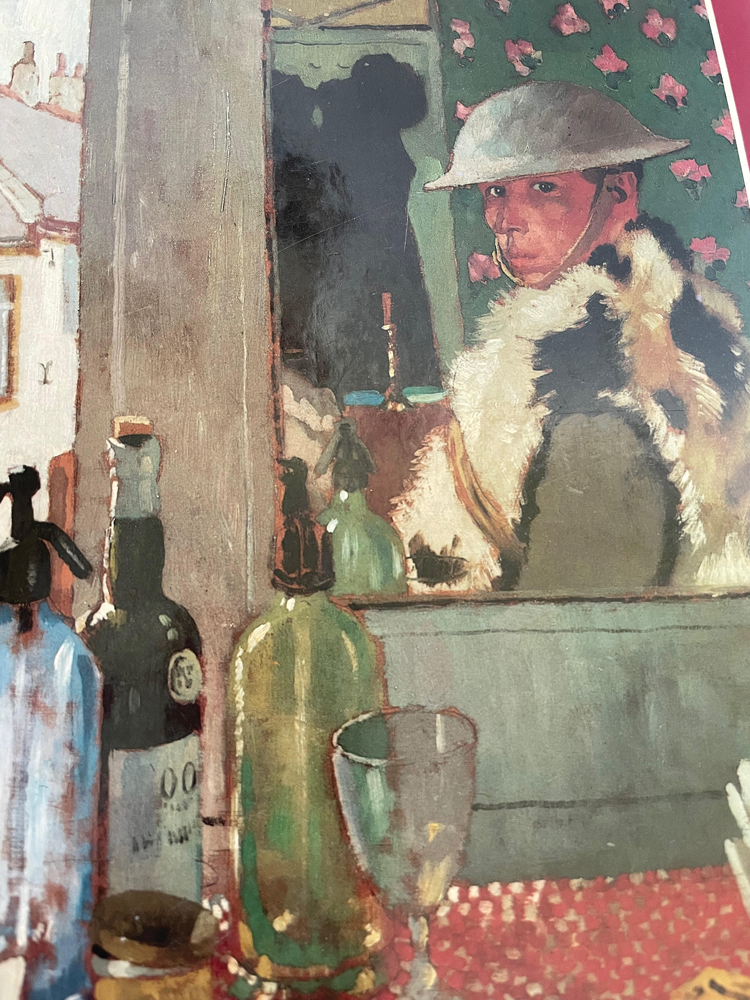
Long before Merzenich so poignantly memorialized this knoll, the Irish Major William Orpen was commissioned by the British Army to take painted record of what he found there.
At first, the artist (who nicknamed himself as “Little Orps”) delighted in such a commission, traveling the battlefields in style with his Rolls-Royce, chauffeur, and “stock of Dewar’s whisky.” The rose would soon wither off the pumpkin, however, as the Irishman became disillusioned by the horrors he saw there, what with the rats and blood and stuff.
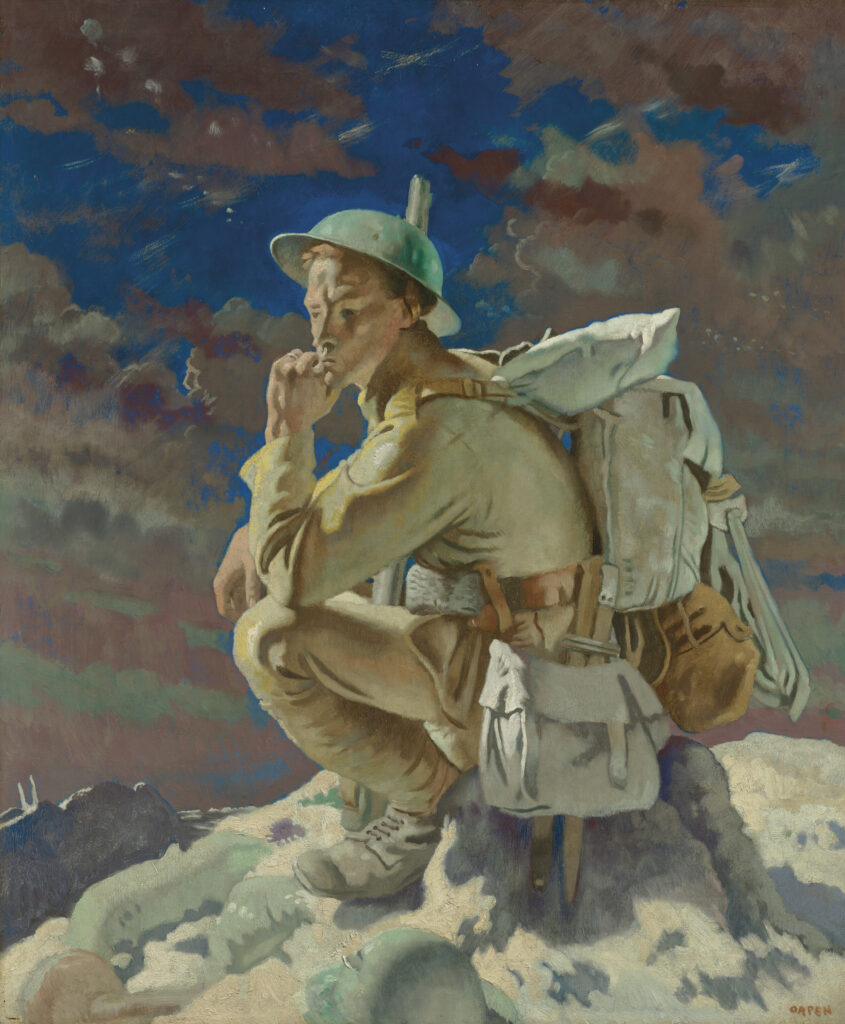
His account of the war, exhibited in 1918 under the rather appropriate title (“War”), elevated the painter to Knight Commander of the Order of the British Empire, prompting The Times to sing his praises. “His work adds nothing to our knowledge of war,” they would rave at the time.
Within just over a decade, however, a battle-scarred and depressed Major Sir William Newenham Montague “Little Orps” Orpen would die from the drinking of alcohol by the age of 52.
Maybe if he’d kept a blog?
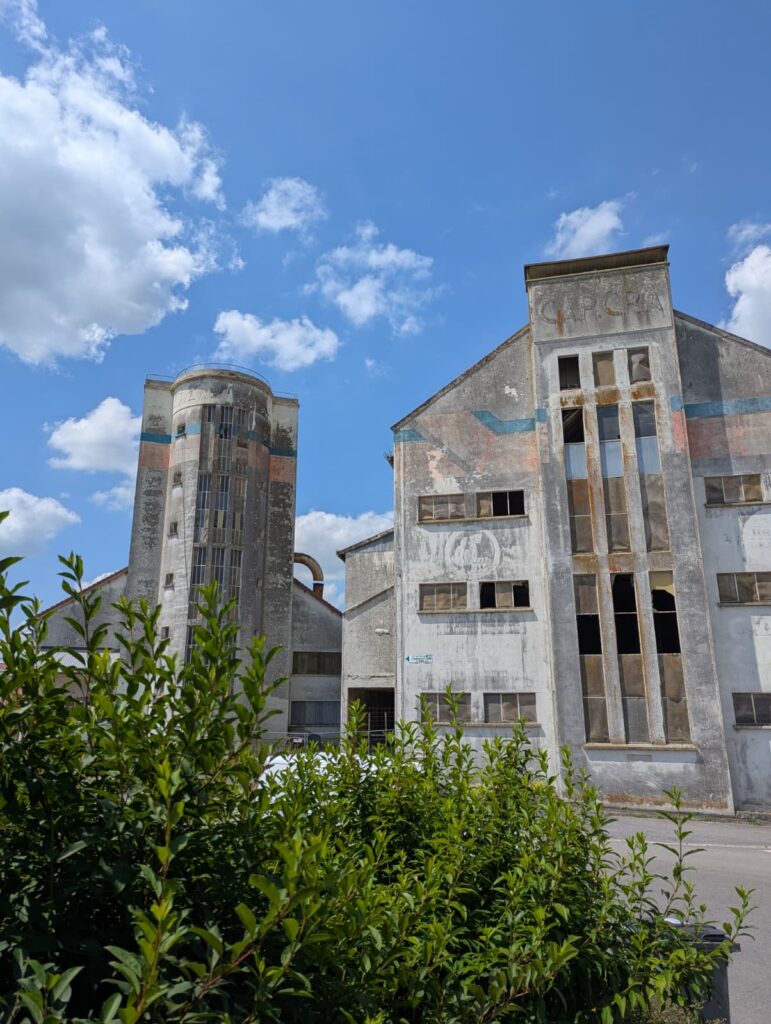
Speaking of alcoholism: from Baupame, it’s hardly a 15 mile ride to Péronne, but we’re still sweating out the effects of the previous night, making each foot swing seem that much heavier.
“If your hotel is cheap and near the highway, we’ll stay in it.” That’s our motto, and Péronne certainly fits the bill, counting as another destination that we land upon largely ad arbitrum.
Quiet and unspectacular in its fringed red brick and cobblestone and surrounded by the mossy Somme River, it’s hard to know where the true center of this town lies. And for good reason.
First built around the monastery where their Patron Saint Fursey1 was laid to rest, that foundational structure that would be leveled by Vikings by the 9th century. Péronne has been built and occupied and destroyed and rebuilt and re-occupied and re-destroyed many times since, from the Normans during the Middle Ages to Spaniards in the 17th century, onward to the Germans in 1870, the Germans again during World War I, and finally the Germans, again, during World War II.
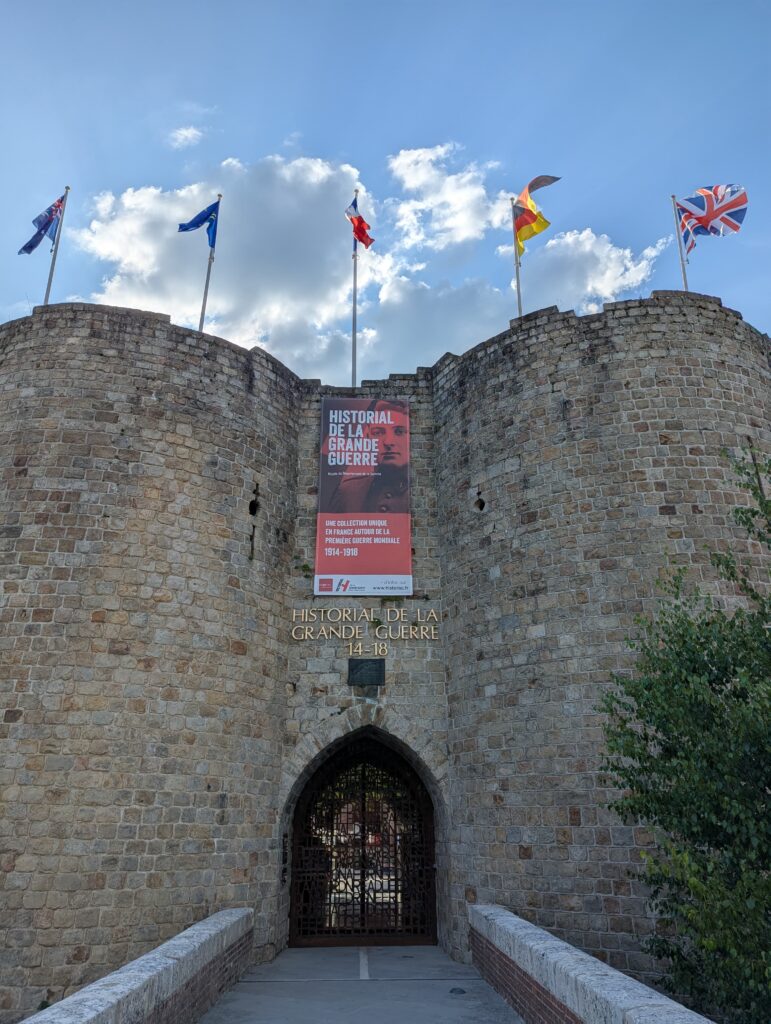
Today, it seems the town’s main (lone?) attraction is that Museum of the Great War, contained within the ruins of a striking, fortified château with titanic round ramparts that leave you feeling little, though no one seems to be visiting; our hotel, a perfectly reasonable space stuck on a side road at the confluence of the Cologne, has a giant tour bus blocking the entrance, and yet no one else seems to be staying there.
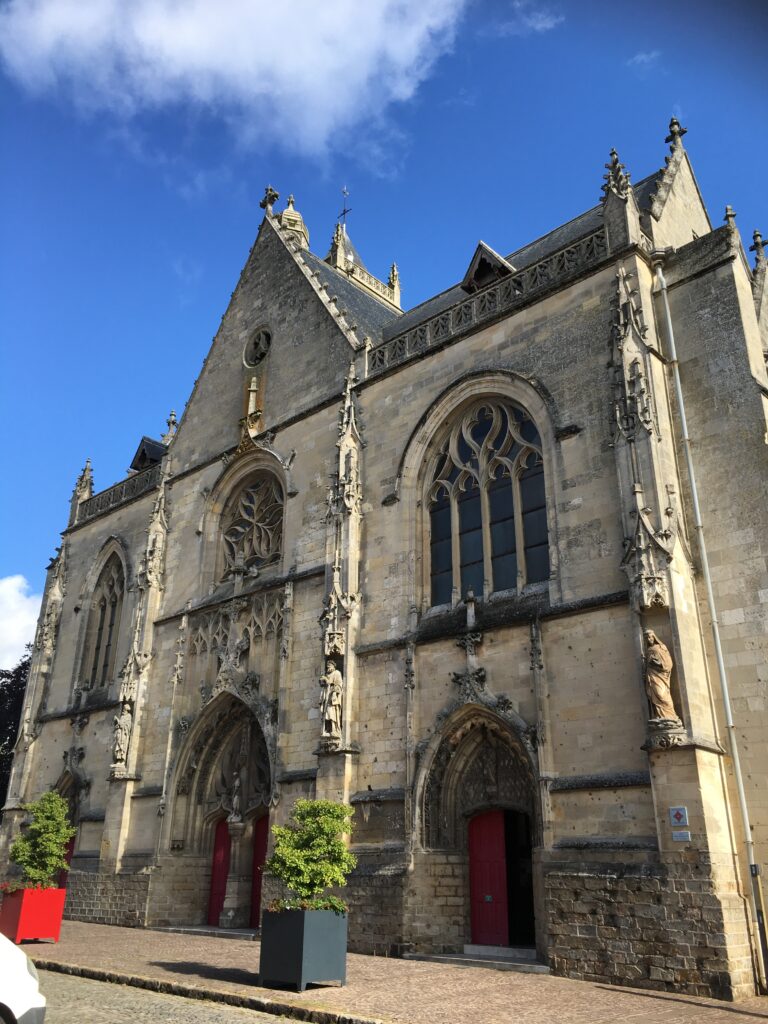
What might be the town square is now a cobblestone parking lot, one fringed by the late-Gothic Église Saint-Jean-Baptiste2 that can’t quite compete with the buzz surrounding the adjacent brasseries. Sitting out in the sun on picnic tables blanketed by ash and empties, a few unshaven elders chain smoke and nurse one of many warm, flat lagers.
Between the heat and the hangover, though, it’s hard for us to get in the mood. At a fraction of the cost of a pint, we sneak into a patisserie before it closes, then grab a plastic-wrapped sandwich, a couple bottles of water, and a wink from the raven-haired cashier, who surely can sense our malaise.
Outside, there’s a concrete bench stuck between a black Audi and a sliver of shade. The car’s grille mirrors the surrounding carnage: thousands of dead bugs stand crucified against the grille, cooking in the sun, slaughtered by yet another German. We bow our heads and eat in silence in their memory.
Péronne.
- The corpse of the Irish monk, who is credited for his important role in spreading Christianity throughout the British Isles during the 7th century, was left outside for a month while his personal church was being completed. The pilgrims who visited claimed that the body failed to rot, and in fact gave off a lovely odor. I think they’re liars. ↩︎
